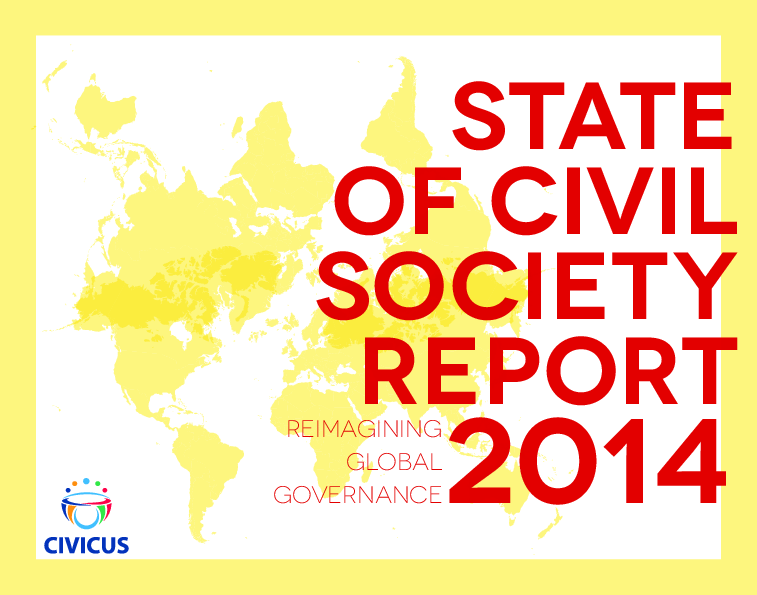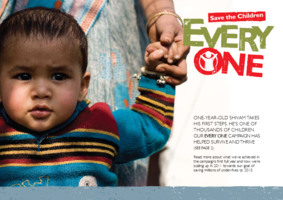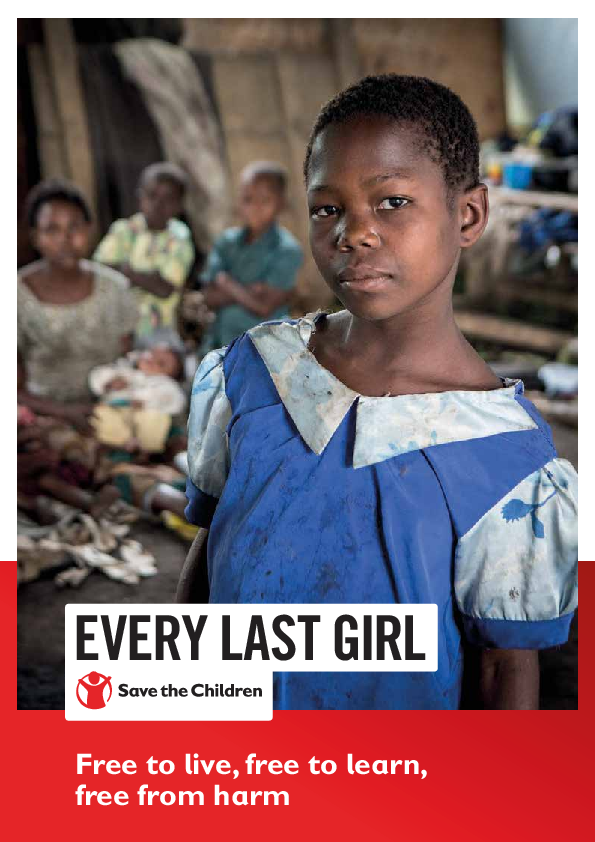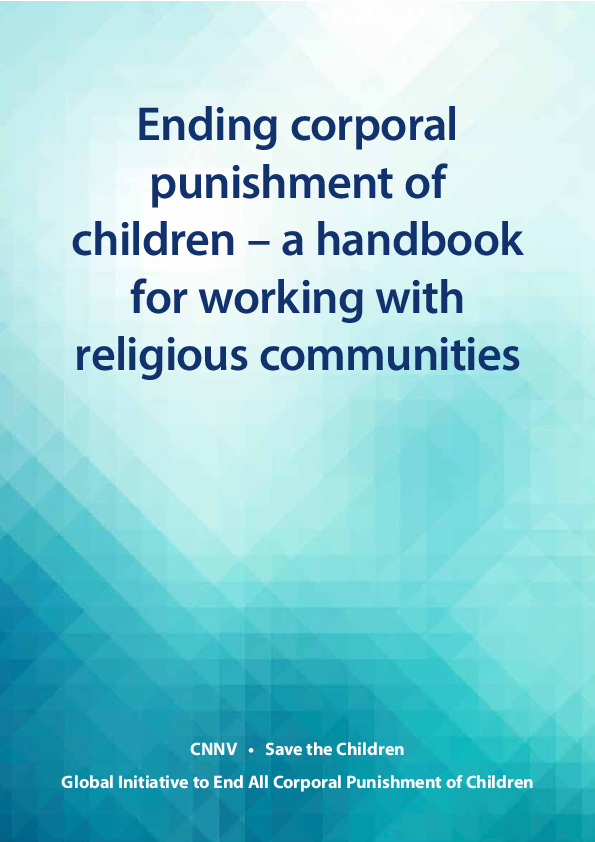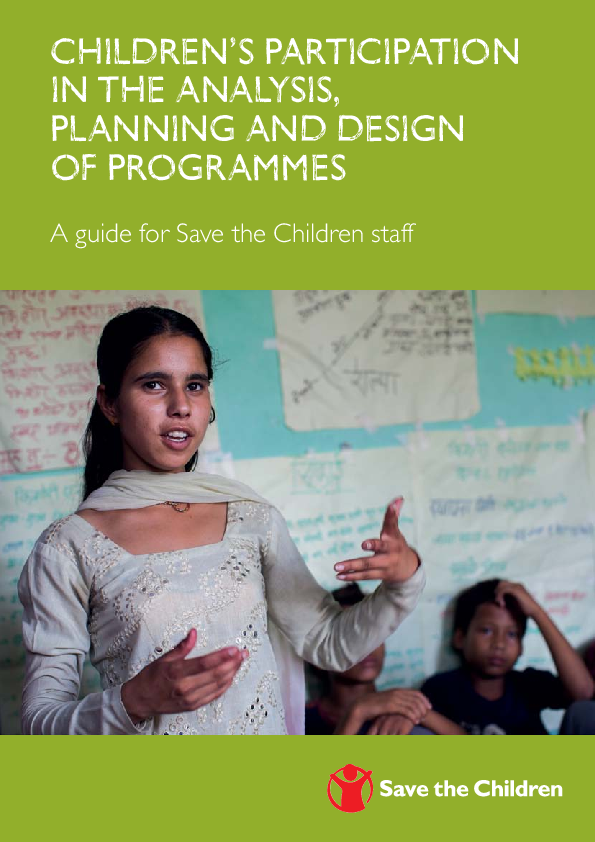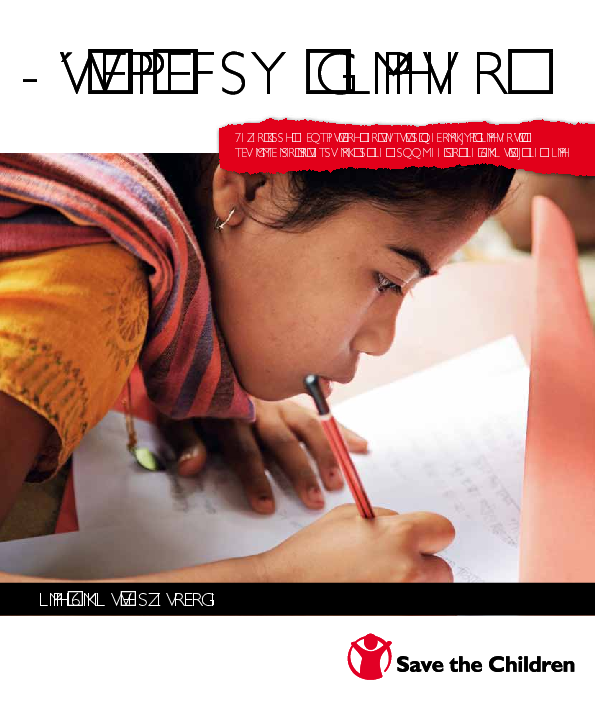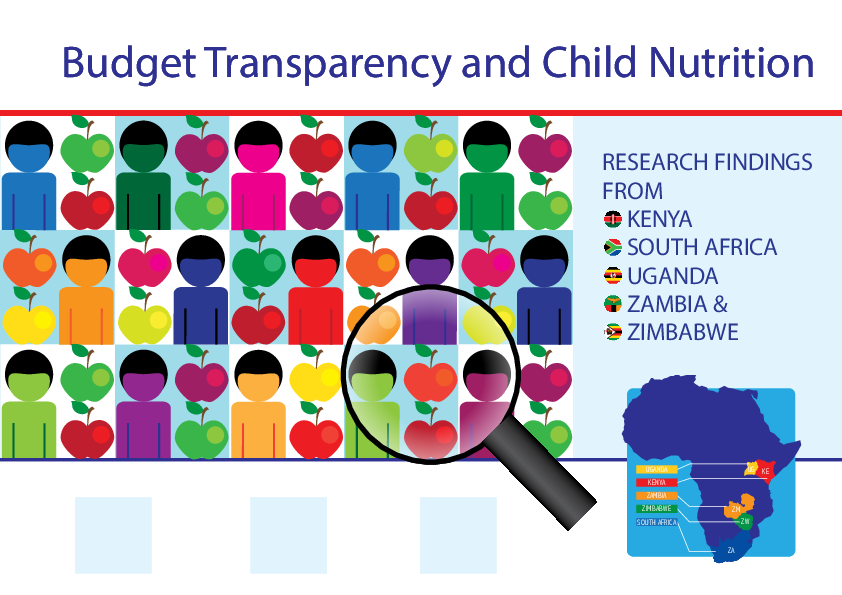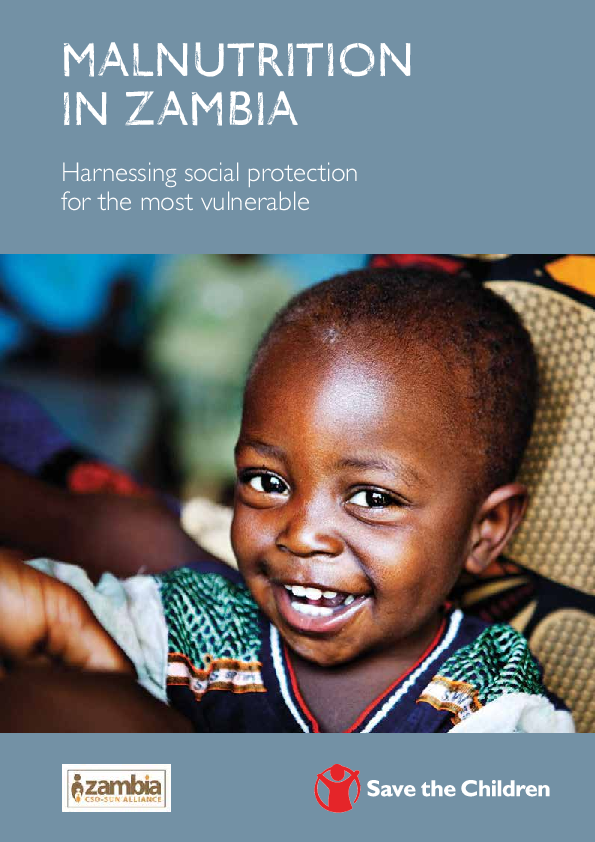Local to Global Programming: Improving communities and children's lives
Share:
In Save the Children Sweden’s Local to Global programme, experiences from working with children at the community level are used in advocacy. Children and community members are empowered to claim their rights in matters that concern them and to hold duty-bearers accountable. The programme is successfully contributing to concrete improvements in children’s lives in several countries, including Zambia.
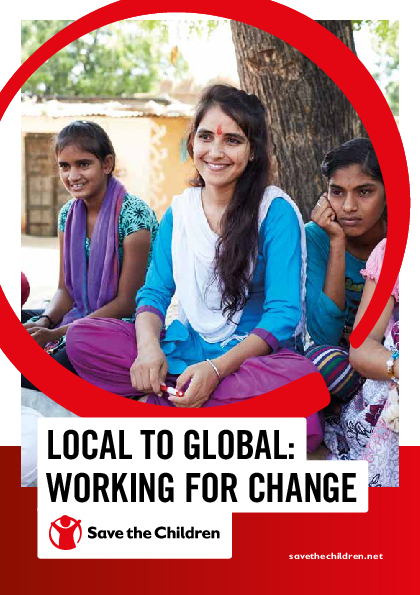
Local to Global: Working for change
2017 · Save the Children
Local to Global, developed by Save the Children Sweden, is a programme that began in 2013 as part of the wider Save the Children EVERY ONE Campaign. The campaign aimed to... View Full Abstract
Local to Global started in 2013 as part of the wider Save the Children EVERY ONE Campaign. The campaign aimed to improve child and maternal health for millions of children and women worldwide, as enshrined in the Convention of the Rights of the Child and the Millennium Development Goals.
Starting at the grassroots level, the main goal with Local to Global is to amplify children’s and communities’ voices to national and international levels to achieve tangible improvements in communities and in children’s lives. Children, communities and local civil society organisations are supported and encouraged to hold duty-bearers to account for delivery on commitments for children’s right to survival and health. Child representatives, health workers and local chieftains have thus strengthened their capacity to voice children’s concerns at the national level.
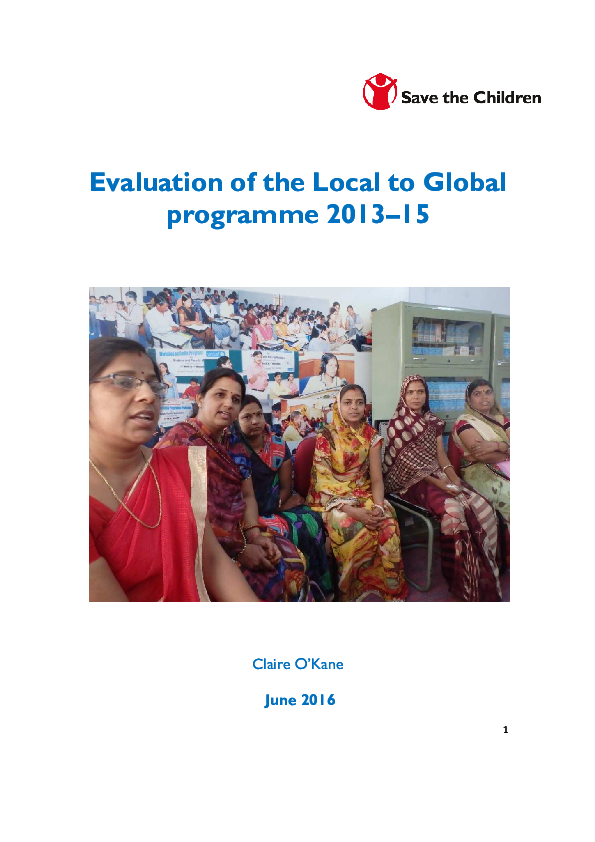
Evaluation of the Local to Global Programme 2013-15
2017 · Save the Children
This evaluation of Save the Children Sweden’s Sida-funded “Local to Global” (LtoG) programme was undertaken to examine the extent to which the LtoG approach of doing simultaneous... View Full Abstract
Countries participating in the Local to Global programme in the initial phase were India, Zambia, Afghanistan and Yemen. This article focuses on Zambia as an example of how Local to Global has contributed and is still contributing to concrete improvements in children’s lives at community and national level.
“The Local to Global initiative has a good focus on work in different dimensions including the: community level, district, province and national level with links to the global level. We wanted to bring out the voice of the community to be heard and acted upon at the local, district, provincial level, as well as influencing national policies and advocacy at global levels.” (Director of Operations, Save the Children Zambia)
In Lufwanayama district, Zambia, a number of Local to Global activities have had positive results. Save the Children has been collaborating with partners at the local level in a door-to-door campaign, which aimed to encourage women to use existing health services for delivery, antenatal and postnatal care. Efforts have also been made to influence decision-makers to expand and improve health services as well as the infrastructure to increase accessibility to hospitals and clinics. At the same time, support has been provided to community members on how to track local health service budgets. As a result, communities are now actively involved in demanding better maternal, neo-natal and child health services, and budget allocations for health have increased. One outcome of the budget increase is the construction of the new maternity wing at the local hospital in Lufwanyama district.
Awareness raising in local communities in Zambia, in combination with the improvement of services, have resulted in a change of behaviour so that more women and children under five now use the health services at the clinic. These behavioral changes and an increased knowledge of healthcare practices have also led to an increase in institutional deliveries and immunisations of children under five years.
“The Local to Global approach has helped to enact policies and frameworks on newborn health – policies, action plans and guidance. It has raised the child health agenda on the government table.[…] We started with data from our work in the Lufwanyama district and now we have national level frameworks and newborn work is done in Zambia. Through the Local to Global we are bringing local voices to the global level. This is a good platform for advocacy and engaging children in highlighting their issues at a global level… and communities in Lufwanyama district are more enlightened. They are able to hold the District Health Management Team to account and they can demand for health workers and for medicines.” (Senior Manager, Save the Children Zambia)
Experiences and knowledge based on working with children – “evidence on the ground” – have been used to influence decision-makers and the development of national plans and international resolutions for child health survival. One such example is the international Every Newborn Action Plan (ENAP) adopted in 2014 at the World Health Assembly with the goal to reduce neonatal mortality rates by 2035. Through the Local to Global programme, Save the Children contributed with input from its local and national work on newborn care to advocate for the adoption and implementation of the action plan. The ENAP then led to the formation of national action plans to improve newborn health in countries such as India, Zambia and Afghanistan.
Although the original Local to Global programme focused on maternal and child health and survival, Local to Global has been used in broader areas, such as child protection and child participation. As part of Local to Global, religious and community elders have been mobilised in countries such as Zambia and India, in order to raise awareness in their communities of the dangers of early marriage with the aim of ending this harmful practice.
In Lufwanayama district, Zambia, school-based Child Rights Clubs and traditional elders, including the traditional Chieftainess Shimukumani, have been actively involved in awareness raising. In Zambia the chieftain system, which most of Lufwanyama falls under, is a parallel system to the statutory legal system and traditional leaders are influential opinion-makers. The Chieftainess Shimukumani, whose voice is influential within her community, has banned the practice and has helped to prevent and even dissolve many marriages in order to prevent early pregnancy and allow the girls to continue their education.

Ending Child Marriage in Africa: A brief by Girls not Brides
2015 · Girls Not Brides
Girls Not Brides is a civil society partnership of more than 400 member organisations that are based in over 60 countries. They work to end child marriage around the world by... View Full Abstract
Support to children’s participation and child groups in Zambia and India has led to the children themselves making efforts to prevent and address child marriage. The children have used songs, radio, photography and presented theatre plays to create awareness of child rights, the dangers of early marriage and early pregnancy, as well as the importance of continuing education. Child Rights Club members have even intervened to discuss with concerned children and negotiate with parents to prevent marriages from going ahead.
The Local to Global programme is enabling the voices and concerns of children, communities and civil society organisations to be heard at all levels. The Local to Global countries have recorded significant achievements in terms of community and child led advocacy, budget tracking and social accountability, which has contributed to real improvements of children’s and community member’s lives.
The advocacy programme Local to Global that was developed by Save the Children Sweden, started in 2013 as part of the wider Save the Children EVERY ONE Campaign. The campaign aimed to contribute to the acceleration of the Millennium development Goals and in line with the child’s right to health as enshrined in the Convention of the Rights of the Child. Countries participating in the Local to Global programme in the initial phase were India, Zambia, Afghanistan and Yemen whereas in 2016, four additional countries use the Local to Global method.
The overall goal with all advocacy work of Save the Children is to create a positive change for children by placing child rights issues high on the agenda and influencing policy and practice at the national and global levels, at the same time as building capacities and raising awareness of children and local communities to advocate for their rights.
Featured Resources
11 resources
Share
Link

